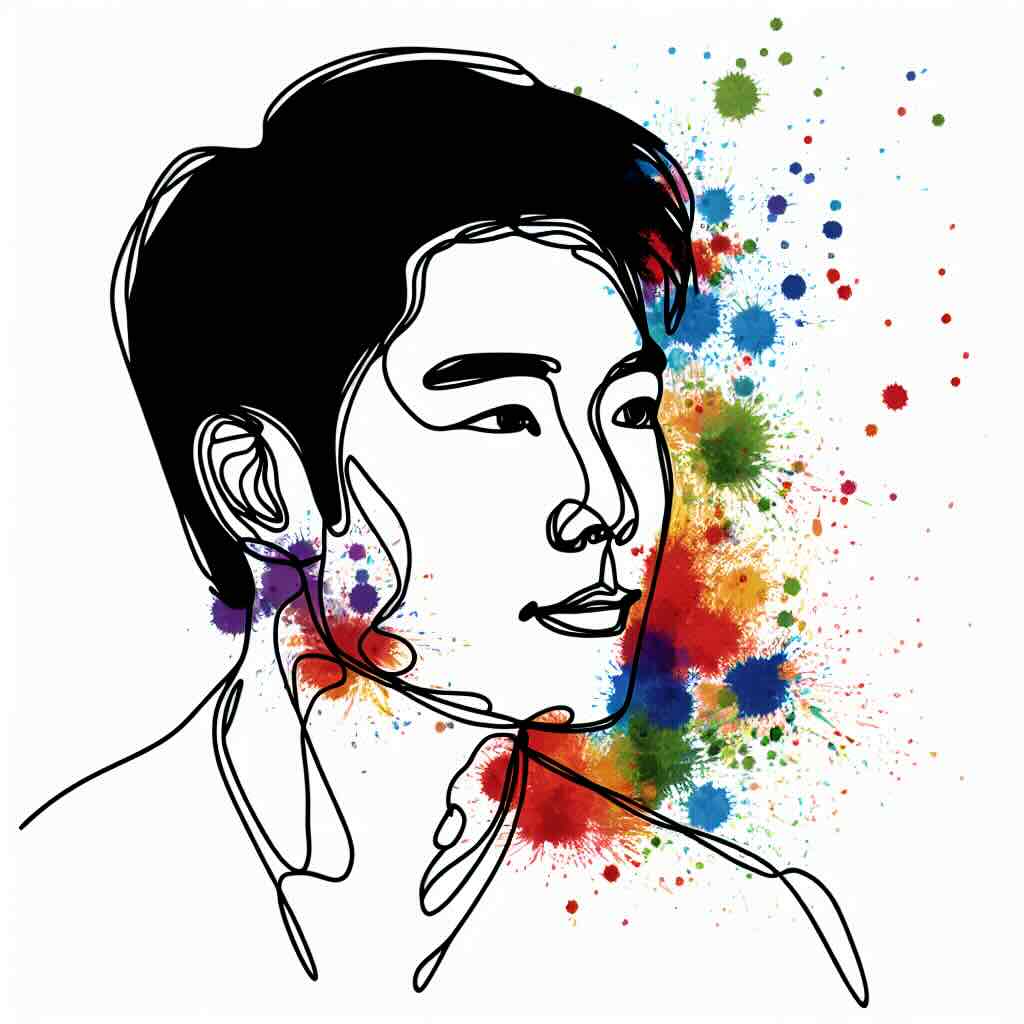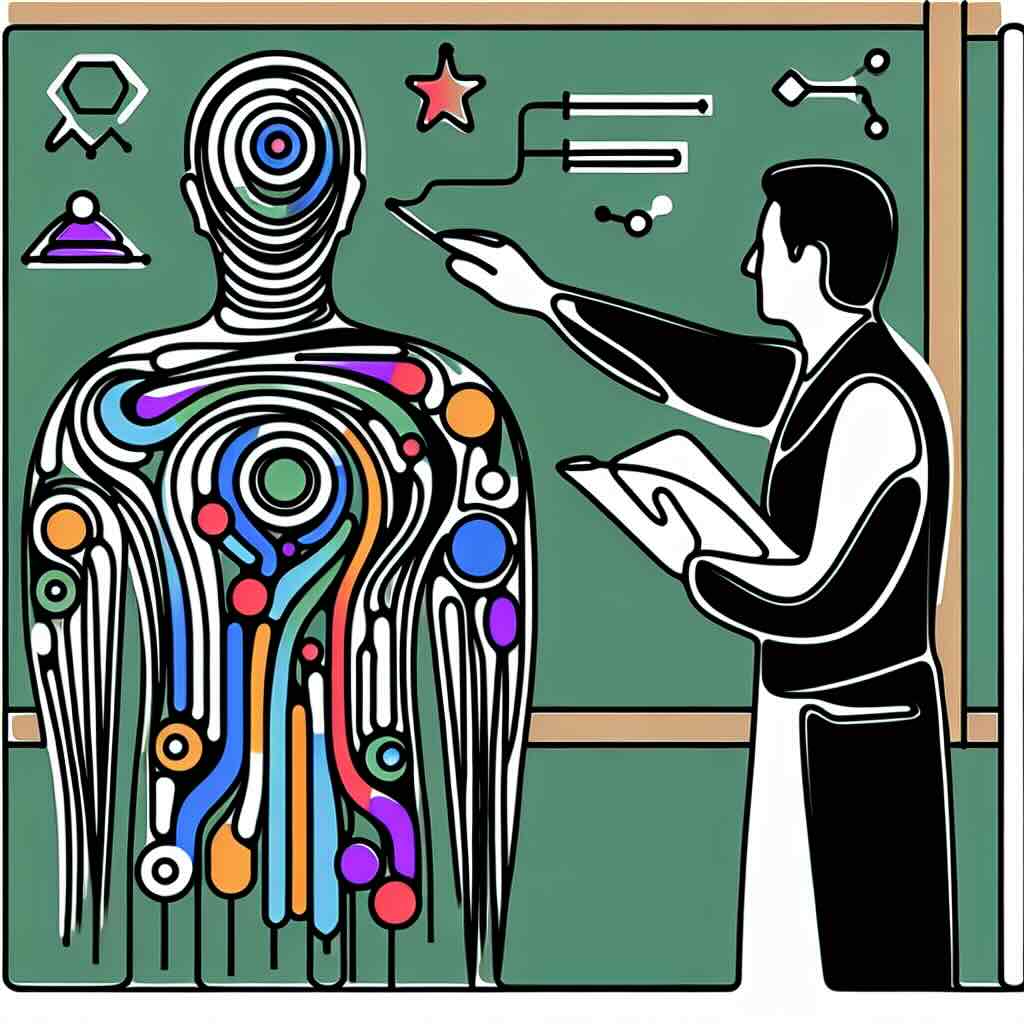Creative risk taking helps discover new ideas in close proximity to existing ways of working
Fostering innovation and encouraging creative risk-taking in design are essential components for developing breakthrough solutions. In this blog post, we explore methods to cultivate a risk-taking culture, balance creativity with practicality, and implement strategies that drive innovation in instructional design.
Table of Contents
1. Introduction to Creative Risk-Taking
2. Building a Safe Environment for Risk-Taking
3. Encouraging Experimentation and Open-mindedness
4. Learning from Failures
5. Balancing Imagination and Practicality
6. Benefits
7. Risks
8. One Thing You Can Try Today
9. Conclusion
10. Call to Action
11. Related Topics
Introduction to Creative Risk-Taking
Innovation often stems from taking risks that challenge the status quo. Creative risk-taking in design offers the opportunity to discover novel solutions that can revolutionise instructional techniques. Embracing risk means being willing to face uncertainty and potential setbacks while maintaining a focus on the broader goal of innovation. It's about venturing beyond tried-and-true methods to explore fresh ideas, thereby making impactful strides in design.
Building a Safe Environment for Risk-Taking
A safe and supportive environment is crucial for fostering innovative risk-taking. Team members should feel secure in proposing and testing new ideas without the fear of punitive consequences. Leaders play a significant role in this by actively encouraging creative input and showing appreciation for all contributions, whether they lead to success or are part of the trial-and-error process. Open communication and constructive feedback are essential elements of such an environment.
Encouraging Experimentation and Open-mindedness
Encouraging a mindset of experimentation and open-mindedness can drive significant advancements. Establishing a culture where staff are empowered to question norms and explore unconventional solutions promotes creativity. Integrating regular brainstorming sessions, design sprints, and creative workshops into your workflow can stimulate inventive thinking. Additionally, providing tools and resources that support prototype development allows team members to bring their wildest ideas to life.
Learning from Failures
Failures should be viewed as learning opportunities instead of setbacks. When faced with unsuccessful outcomes, conducting thorough retrospectives to understand what went wrong and why can provide invaluable insights for future projects. Celebrating the courage to take risks and sharing learnings from failures across the team will build resilience and foster continuous improvement. Establishing a growth mindset within the team emphasises the value of iterative learning and constant refinement.
Balancing Imagination and Practicality
Innovation thrives on a balanced approach where imagination meets practicality. While it is essential to encourage blue-sky thinking, it is equally important to consider the feasibility and alignment of ideas with project goals and constraints. Structured frameworks, such as design thinking and agile methodologies, can help balance creative aspirations with realistic implementation strategies. This ensures that innovative concepts can transition effectively from vision to reality.
Benefits
- Enhanced Creativity: Encouraging risk-taking cultivates a workplace rich in new ideas.
- Increased Engagement: A stimulating, open environment boosts team morale and participation.
- Competitive Advantage: Out-of-the-box solutions can set your designs apart in the market.
Risks
- Potential Failures: Risk-taking can lead to missteps and failures.
- Resource Management; Allocating time and resources to experimental ideas could strain project timelines.
- Resistance to Change: Not everyone may be comfortable with a risk-taking culture initially.
One Thing You Can Try Today
Quick Exercise: Idea Safari
1. Set a Timer: Dedicate 15 minutes today for an "Idea Safari".
2. Spot Unconventional Ideas: Look for thought leaders on websites or social media outwith your industry.
3. Note and Reflect: Jot down unexpected concepts that catch your attention and reflect on how they can be adapted to your design projects.
Conclusion
Embracing a culture that values creative risk-taking is pivotal for driving innovation in design. By providing a supportive environment, encouraging experimentation, learning from failures, and balancing creativity with practicality, instructional designers can unlock new levels of innovation and keep their work fresh and effective.
Try it Yourself
1. Assess Your Environment: Evaluate your current workplace culture regarding risk-taking.
2. Encourage Team Input: Implement regular, structured brainstorming sessions.
3. Celebrate Learning: Create a feedback loop that celebrates both successes and lessons from failure.
Related Topics
- Design Thinking
- Agile Methodologies in Design
- Innovation in E-Learning
- Constructive Feedback Techniques
- Prototyping and Iteration in Design







